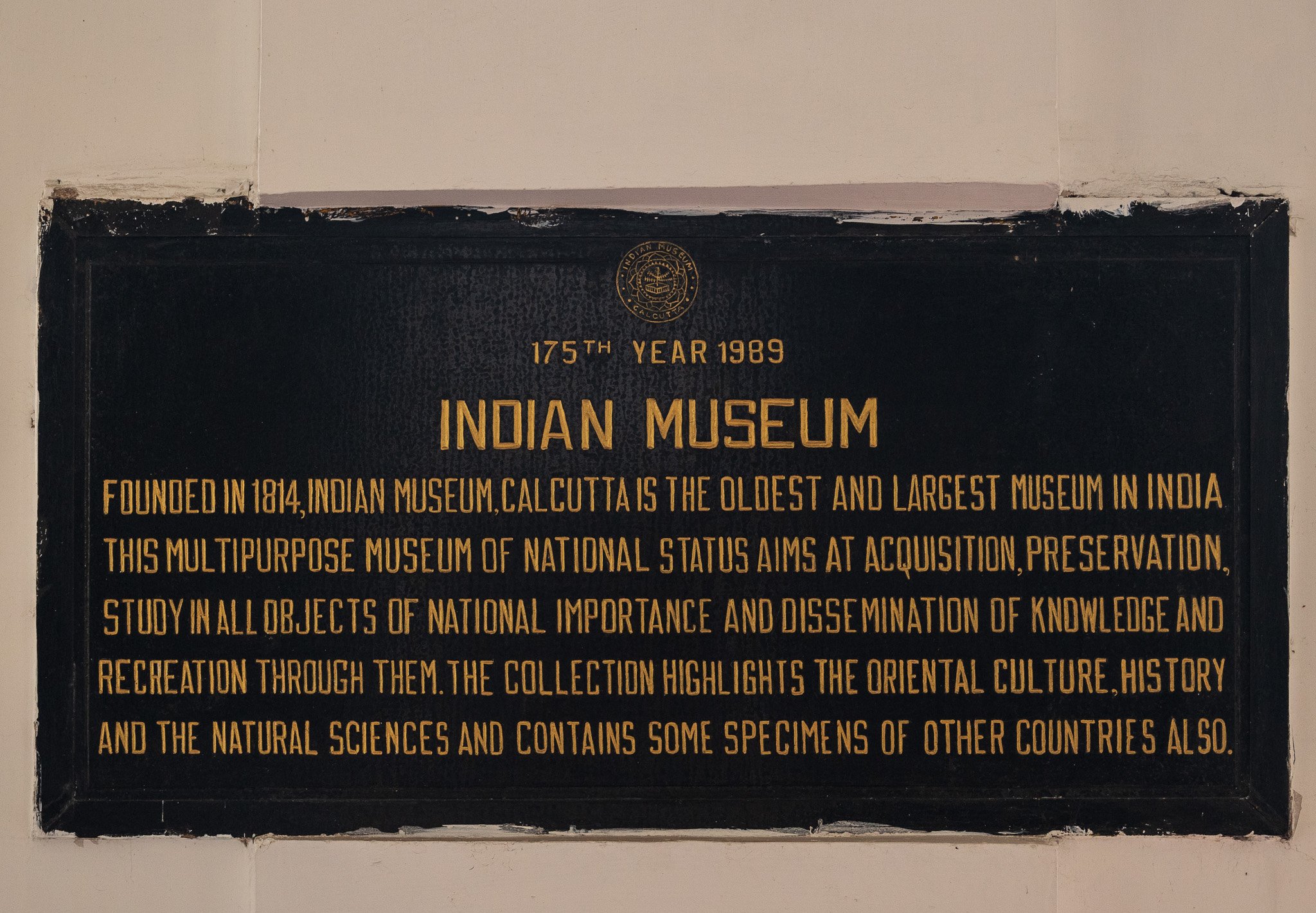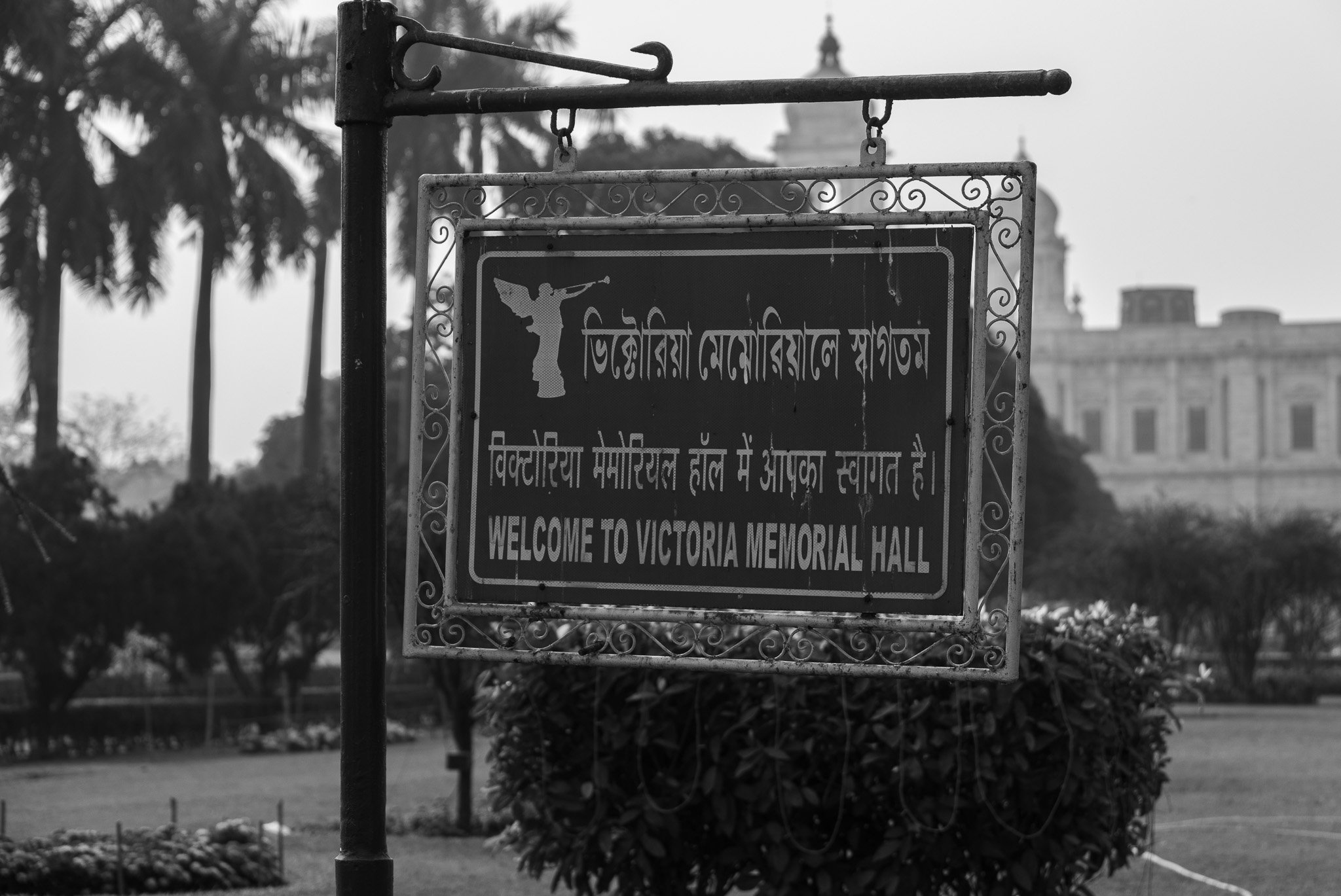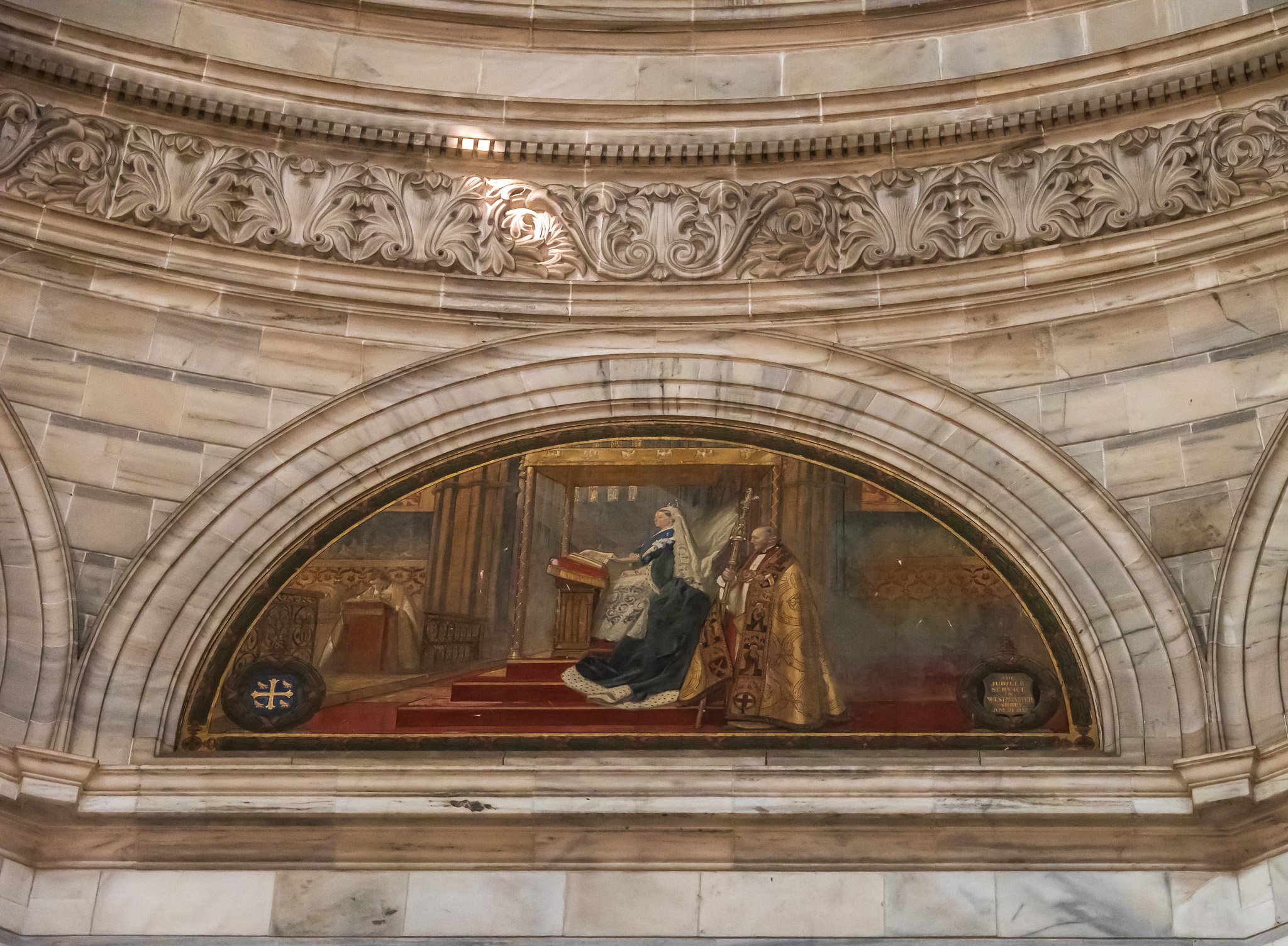Kolkata, located along the River Hooghly, a tributary of the River Ganges, was an important trading city and the capital of the British Indian Empire until 1911. Karl would have wandered the streets of Kolkata, which at that time, displayed a distinct European influence in their neoclassical architecture. The buildings were grand and imposing, featuring columns, domes or flat roofs, and a geometric style.
Today, many of these colonial buildings in Kolkata are in a state of disrepair, with some crumbling and derelict, while others remain functional. Despite their decline, a few of these structures continue to attract tourists, including a new grand memorial building, constructed after Karl's visit.
Join me on a journey back in time as we explore the most significant colonial buildings in Kolkata.
St. Paul’s Cathedral
Standing tall since 1847, St. Paul's Cathedral is the oldest and largest church in India. Stretching 247 feet in length and 81 feet in width, it boasts an impressive history. The original spire unfortunately succumbed to an earthquake in 1897, but it was rebuilt. However, fate had its way again, and the spire suffered damage in 1934. The current design draws inspiration from the bell tower of Canterbury Cathedral, adding to its architectural splendour.
Writers Building
Initially established as a college for training in foreign writing, the building later served as the workplace for government clerks, referred to as "writers." Constructed in the late 1780s, it marked Kolkata's first three-story building. However, it is not just a single structure; it comprises 13 blocks, covering an impressive area of almost 10 acres. Today, portions of the Writers' Building function as a government office for West Bengal, while another section houses a vast library. During British rule, statues symbolizing justice, science, and other themes were added, enhancing its beauty and charm. I found this building intriguing — it gives the impression that there are a lot of stories within its red-bricked walls.
Indian Museum
Established in 1814, the Indian Museum holds the distinction of being the ninth oldest museum in the world. It is also the largest multipurpose museum in India. Initially, the collections consisted of donations from Europeans encompassing various objects from all over India. Presently, the museum's six sections showcase a wide array of multidisciplinary artifacts including art, archaeology, anthropology, zoology, geology, and botany. The museum's interior courtyard provides a serene retreat from the bustling streets, offering a peaceful haven amidst the chaos.
Dead Letter Building
Another architectural gem, the Dead Letter Building, with its exterior columns and shutters painted red, carries a fascinating history. Originally serving as the Telegraph office for sorting and distributing mail since 1876, it earned its name from quite an endearing practice. If a letter couldn't find its intended destination due to factors like the recipient's relocation or an incorrect address, it ended up in this building. Over time, it became a repository of "lost letters," earning the moniker of the Dead Letter Building. After one year, if the letters or packages remained unclaimed or couldn't be delivered to the correct recipients, they were burnt, and the contents of the packages were auctioned off.
Victoria Hall
This beautiful and best known landmark in Kolkata, Victoria Hall, constructed between 1906 and 1921, stands as a tribute to Queen Victoria following her passing in 1901. Designed by the British architect William Emerson, the building showcases a harmonious blend of Indian and British architectural styles. Its pristine white marble, sourced from Rajasthan, exudes elegance, while influences from various architectural traditions, such as Egyptian, Venetian, Mughal, and Deccani, contribute to its impressive grandeur.
It may not be the Kolkata experienced by Karl, but the faded paint and crumbling facades don’t take away from the grandeur of these colonial buildings.




























